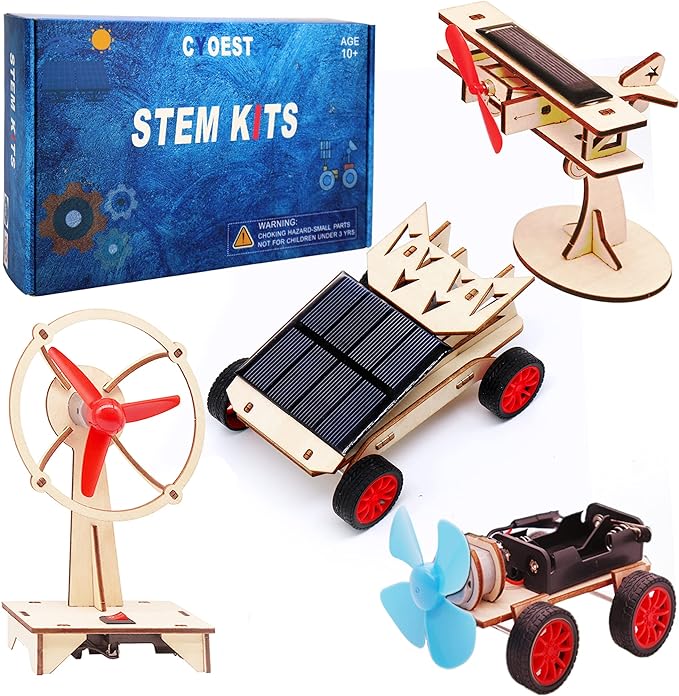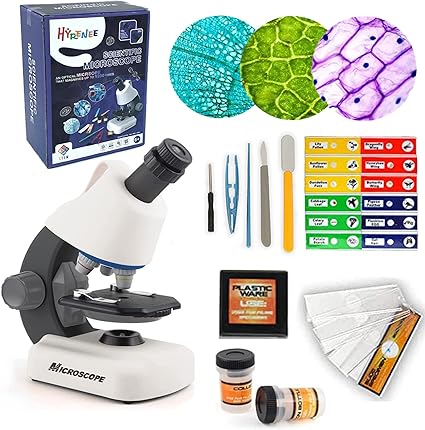Animal Habitat STEM challenge
STEM and STEAM challenges are hands-on activities and projects that blend artistic and creative elements with the traditional STEM disciplines. These challenges are designed to foster creativity, innovation, and a holistic approach to problem-solving. In this challenge we will explore different animal habitats.

Welcome to the Animal Habitat STEM Challenge!
This engaging activity will allow your elementary school students to explore the fascinating world of animal habitats while enhancing their STEM skills. In this challenge, students will design and build model animal habitats.
Below are step-by-step instructions to help you conduct this exciting activity in your classroom.
Materials Needed:
- 5 A4 colored paper (let your students choose their colors. make sure you have yellow, green, blue and orange)
- 100 gr play doe. let your students choose their colors
- Scissors and tape
- Animal pictures
- Animal info cards (or let them research online)
Instructions:
Step 1: Introduction to Animal Habitats (15 minutes)
Begin the activity with an introductory discussion about animal habitats. Show pictures or information sheets of various habitats such as forests, deserts, oceans, and grasslands. Discuss the different types of animals that live in these habitats and how they adapt to their surroundings. Encourage questions and curiosity.
Step 2: Group Formation (5 minutes)
Divide your students into small groups of 2-4 students each. Ensure that each group has access to the required materials.
Step 3: Challenge Explanation (5 minutes)
Give each group a picture of an animal.
Explain the STEM challenge to your students. Their task is to design and build a model habitat for the animal they got. The habitat should be creative, accurate, and include elements like shelter, food, and water sources.
environment.
Step 4: research (10 minutes)
Give each group an info card about their animal. Ask them to read and think what their habitat should be.
Step 5: Planning (10 minutes)
Instruct students to plan their model habitat. They should sketch their ideas on paper, listing the materials they’ll need and how they will assemble them.
Step 6: Building (20 minutes)
Give students ample time to build their model habitats. Circulate around the classroom to answer questions and offer guidance. Encourage creativity in their designs.
Step 7: Presentation (15 minutes)
Each group should present their model habitat to the class. Have them explain their choice of habitat, the animal they chose, and how their habitat meets the animal’s needs. Encourage them to discuss any challenges they faced during the building process and how they overcame them.
Step 8: Reflection and Discussion (10 minutes)
Lead a class discussion about what students learned during the challenge. Ask questions like:
- What did you discover about different animal habitats?
- How did you solve problems during the building process?
- Did your group work well together? What could you improve?
- What surprised you about this activity?
Conclusion:
The Animal Habitat STEM Challenge is an engaging way for elementary school students to explore the natural world while developing essential STEM skills. By following these instructions, you’ll guide your students through an enriching learning experience that combines science, creativity, and teamwork. Enjoy the journey as your students become budding habitat designers and animal experts














